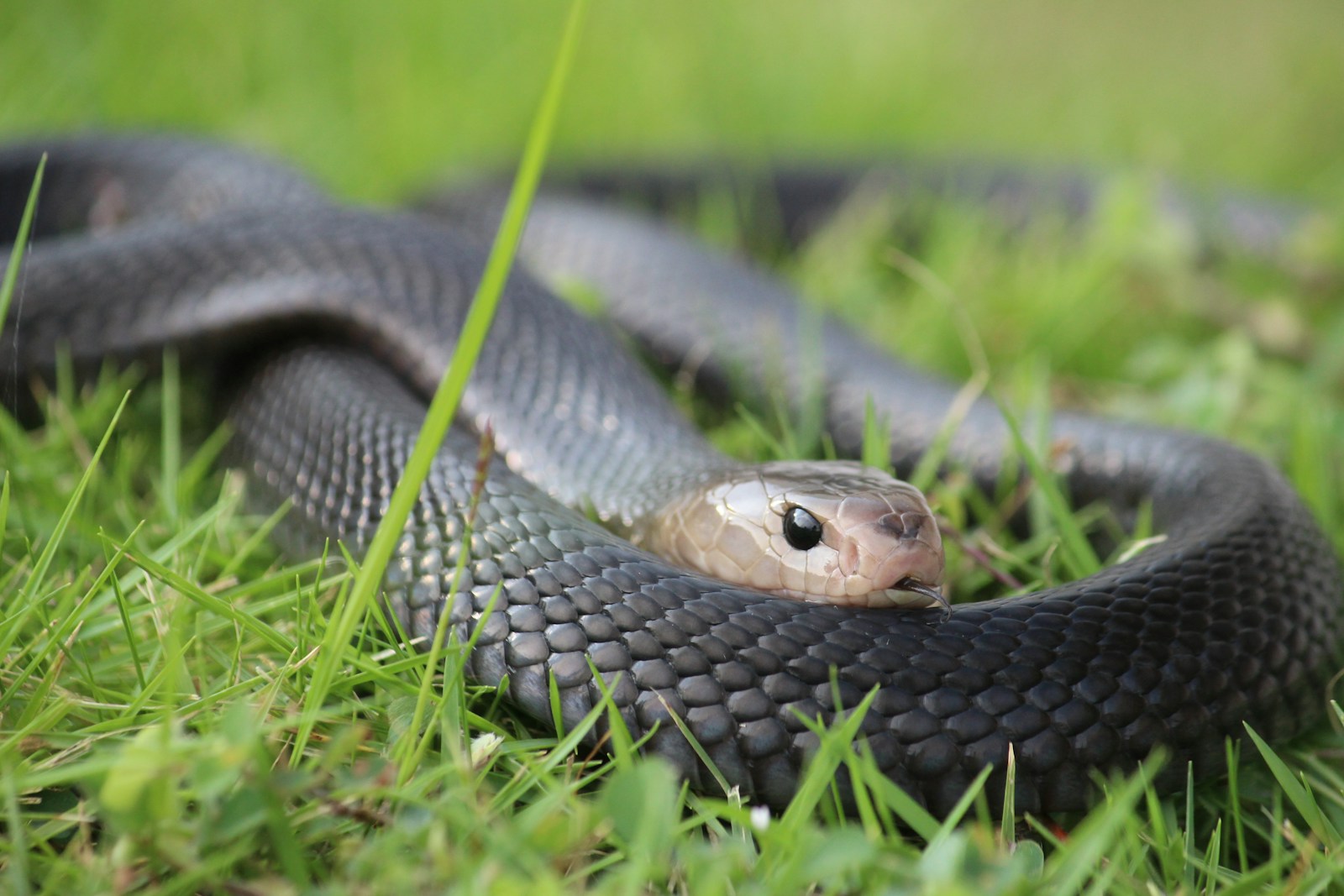When most people think of noisy animals, snakes rarely come to mind. The common perception of snakes as silent predators isn’t entirely wrong, but it doesn’t tell the complete story of serpent communication. While snakes lack vocal cords, many species have evolved fascinating alternative methods to produce sounds that serve various purposes in their survival and reproduction. From warning potential predators to attracting mates, the vocal capabilities of different snake species vary dramatically across the 3,900+ snake species worldwide. This diversity in sound production capabilities raises an intriguing question: why are some snake species more vocal than others? The answer lies in a complex interplay of evolutionary adaptations, ecological niches, and behavioral strategies that have shaped these remarkable reptiles over millions of years.
The Science Behind Snake Vocalizations
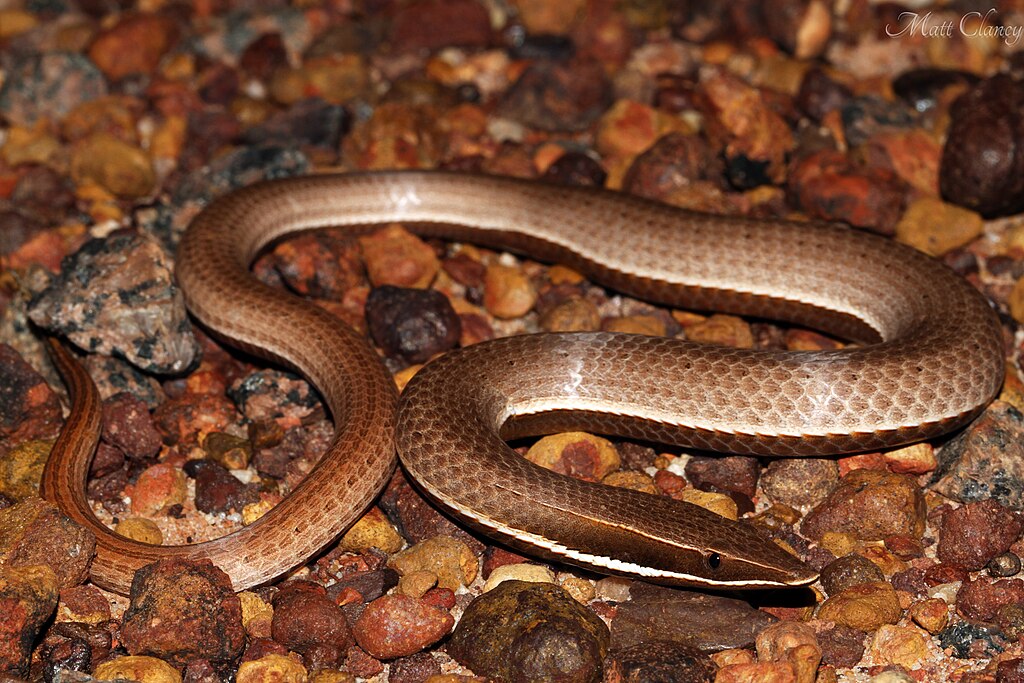
Unlike mammals and birds, snakes do not possess vocal cords or a larynx that would allow them to create sounds in the traditional sense. Instead, vocal snake species have evolved alternative mechanisms for sound production that don’t rely on the passage of air through vocal structures. These mechanisms include specialized scales that can be rubbed together, expelling air forcefully through modified respiratory structures, or vibrating parts of their body against suitable surfaces. The physics behind these sound-producing behaviors is remarkably efficient, allowing some species to create sounds that can be heard from impressive distances. What makes this particularly fascinating is that these sound-production capabilities have evolved independently in different snake lineages, representing a clear case of convergent evolution in response to similar selective pressures across diverse habitats.
Defensive Hissing: The Most Common Snake Vocalization
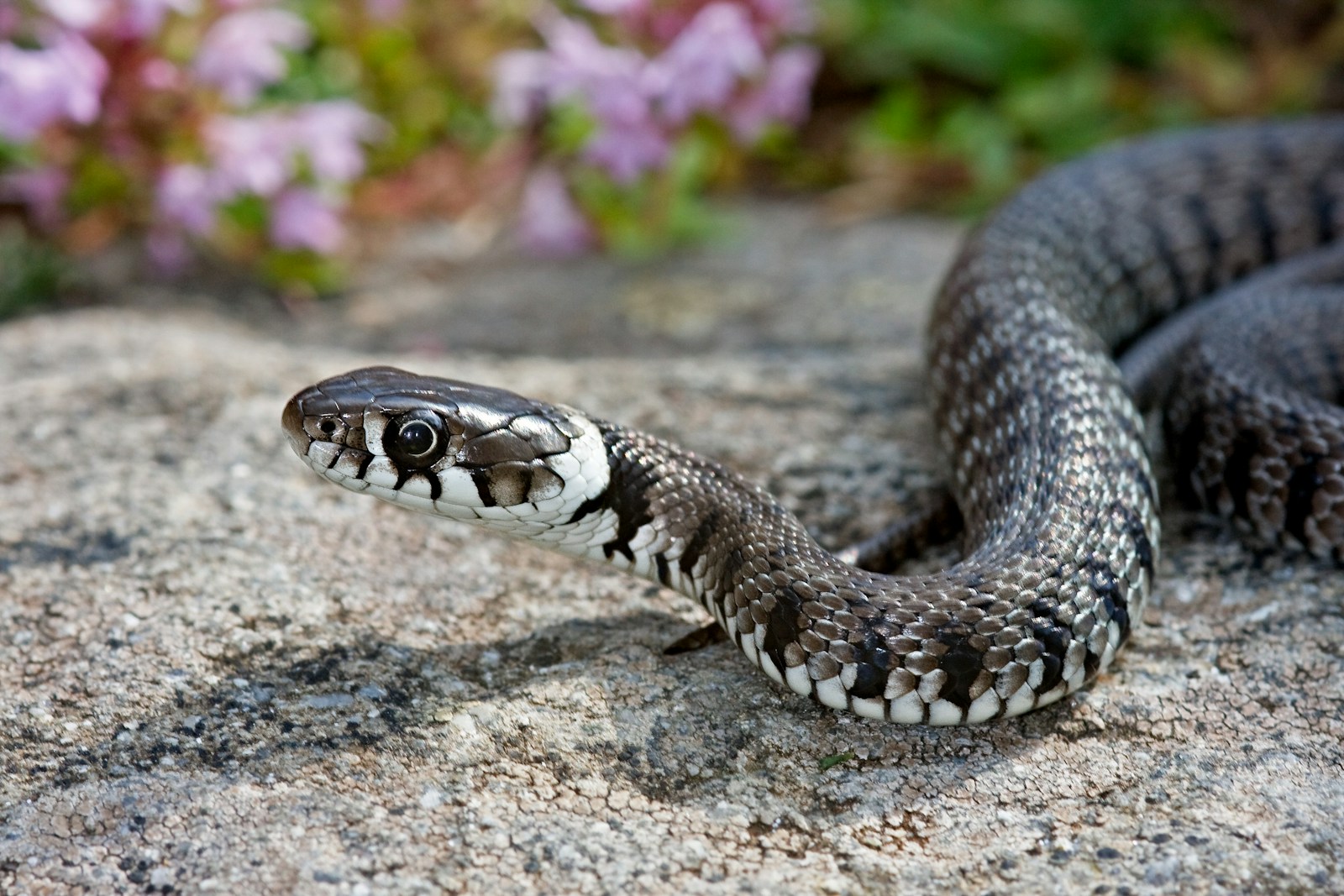
Hissing represents the most widespread form of snake vocalization, occurring across numerous families and species regardless of their size or habitat. This universal sound is produced when a snake forcefully expels air through a specialized structure in their mouth called the glottis, creating the characteristic hissing sound that most people associate with snakes. The primary purpose of hissing is defensive – it serves as a warning signal to potential predators that the snake is aware of their presence and ready to defend itself if necessary. The effectiveness of hissing lies in its psychological impact; the sound mimics that of dangerous animals like certain insects and cats, triggering an instinctive caution response in many predators. Interestingly, the volume and duration of hissing can vary significantly between species, with some like the pine snake producing particularly loud and sustained hisses.
Rattlesnakes: Evolution of a Specialized Warning System
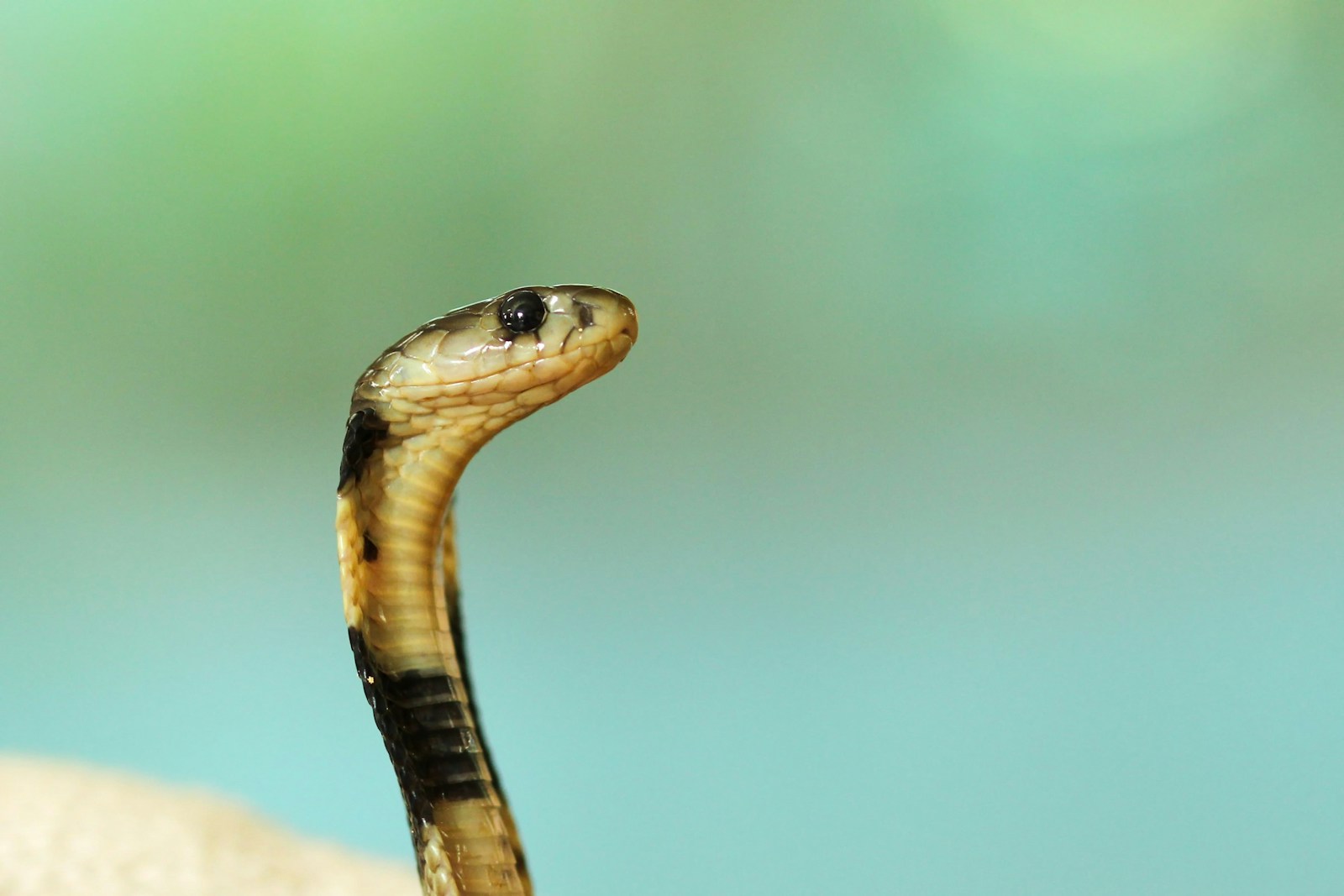
Rattlesnakes represent perhaps the most well-known example of vocal snakes, possessing a highly specialized structure at the end of their tails called a rattle. This unique adaptation consists of interlocking segments of keratin (the same material as human fingernails) that vibrate against each other when the snake shakes its tail, producing the distinctive rattling sound. This warning system evolved specifically as a defensive mechanism, allowing rattlesnakes to alert potential threats to their presence without having to expend energy in direct confrontation. Evolutionary biologists believe this adaptation became more pronounced after the arrival of large mammals in North America, as these animals posed significant trampling risks to the snakes. The effectiveness of this warning system is evident in how quickly other animals learn to associate the sound with danger, and fascinatingly, some non-venomous snake species have evolved behaviors that mimic rattlesnake sounds by vibrating their tails against dry leaves.
The Death Adder’s Tail-Luring Vocals
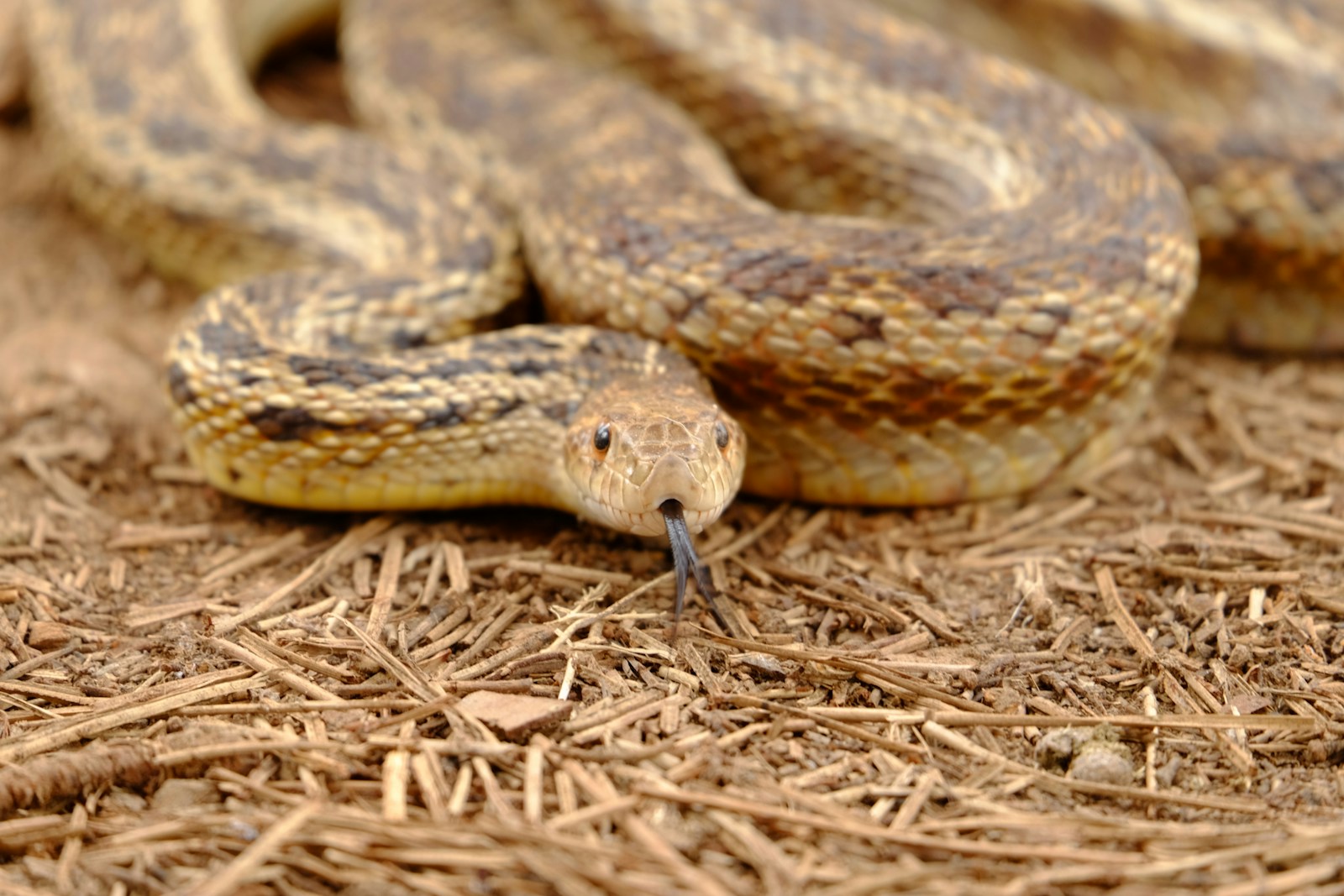
The death adder, native to Australia and New Guinea, represents an intriguing case of vocalization being used not for defense but for hunting. These ambush predators have evolved a remarkable technique called caudal luring, where they wiggle their tail tips to mimic the movement of a worm or grub, attracting curious prey animals within striking range. What makes this behavior particularly noteworthy is that some death adder species enhance this deception by producing soft, insect-like chirping sounds with their tails. This combination of visual and acoustic mimicry significantly increases their hunting success rate, especially in attracting small birds and mammals that might otherwise overlook a purely visual lure. Research has shown that death adders using this vocal technique have approximately 30% higher successful strike rates than those relying solely on visual luring, demonstrating the evolutionary advantage this specialized vocalization provides.
King Cobras: Masters of Intimidation Sounds
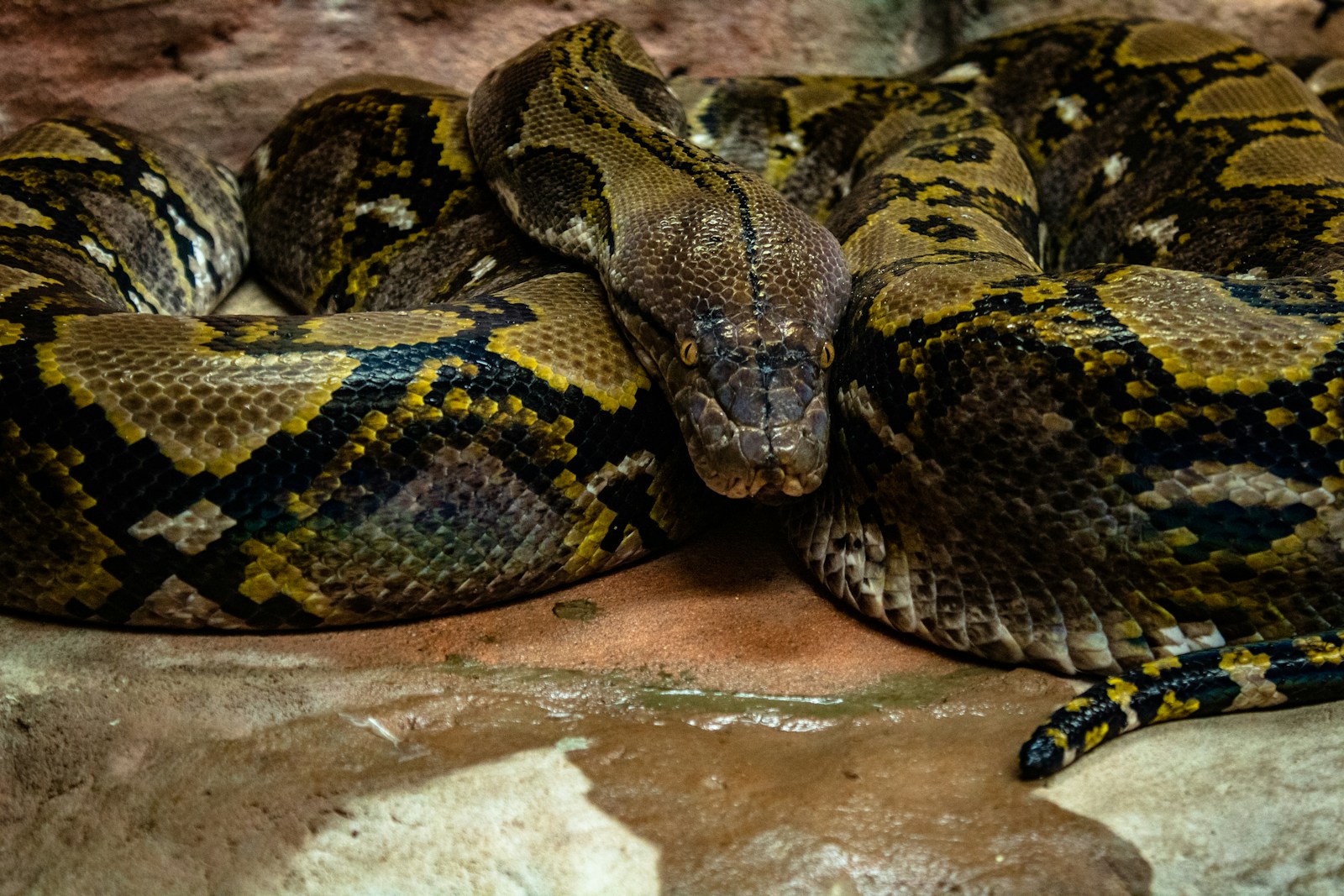
The king cobra stands apart from other snake species with its remarkably sophisticated vocal repertoire used primarily for intimidation. When threatened, these formidable predators can produce a range of sounds beyond the typical hiss, including a deep, resonant growl that resembles the warning growl of certain mammalian predators. This unusual vocalization is created through a combination of specialized respiratory structures and the snake’s ability to manipulate the shape of its throat and hood. The intimidation factor is further enhanced by the king cobra’s ability to modulate these sounds in response to different threat levels, essentially communicating different degrees of warning to potential aggressors. Field researchers have documented that these vocalizations are particularly effective against mammalian predators like mongooses, which often retreat immediately upon hearing the cobra’s distinctive growl even before seeing the snake itself.
Ecological Niches and Vocalization Development

The evolution of vocal abilities in snakes is strongly tied to the ecological niches they occupy, with certain environments favoring the development of sound-producing capabilities more than others. Forest-dwelling snakes, for instance, tend to have more developed vocalization abilities compared to desert species, likely because sound travels efficiently through the dense vegetation of forests and can serve as an effective communication method when visual signals might be obscured. Similarly, snakes that occupy burrows or other enclosed spaces often exhibit more sophisticated vocal behaviors, as sound represents an efficient way to communicate position and status within these limited visibility environments. The puff adder provides an excellent example of this ecological adaptation, producing complex hisses that can communicate different information depending on the acoustic properties of their burrow systems, essentially using the natural architecture of their habitat as an amplification system.
Reproductive Calls in Select Snake Species
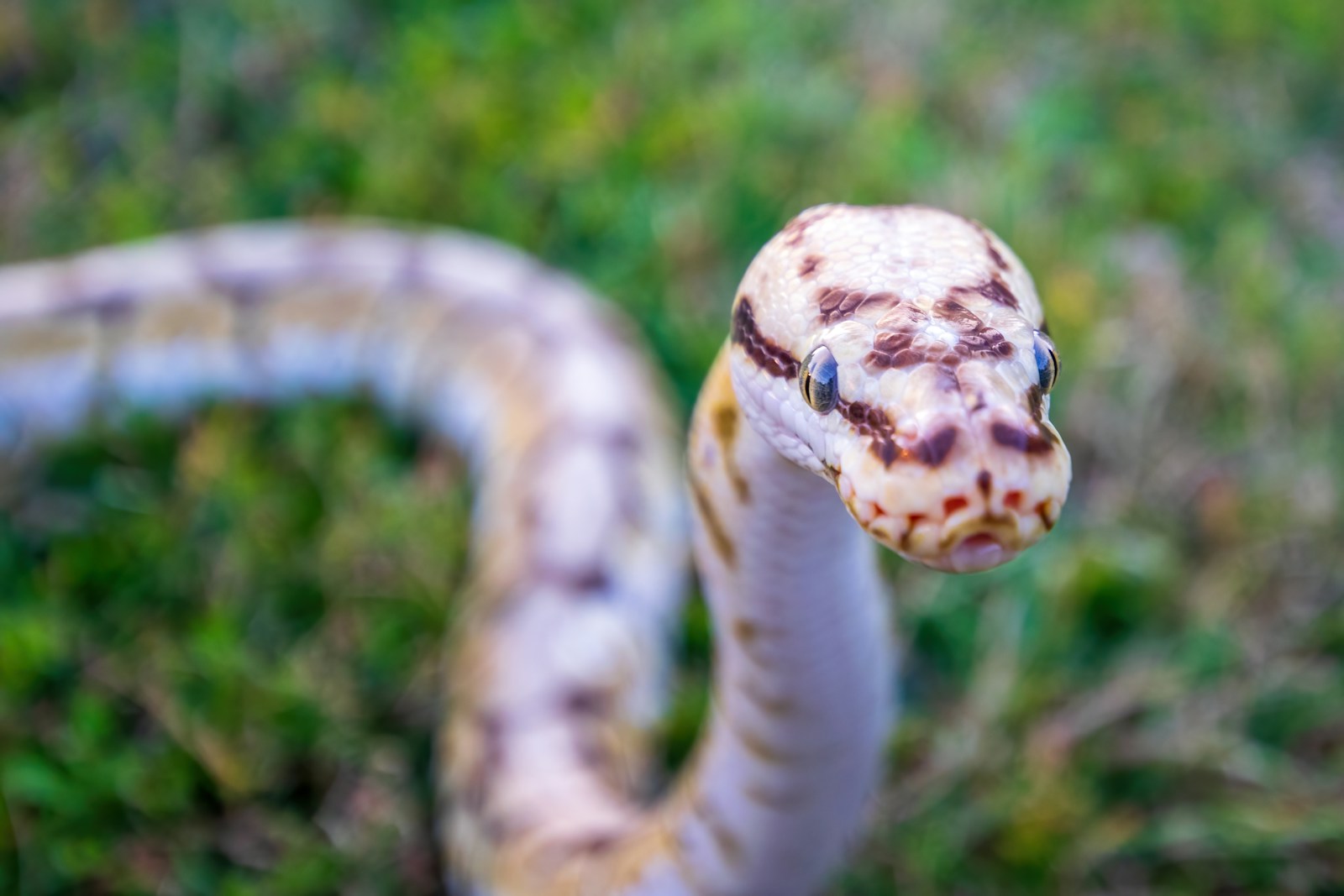
While less common than defensive vocalizations, some snake species have evolved specialized calls specifically associated with reproduction and mating. Male Saharan sand vipers, for example, produce distinctive rhythmic rasping sounds by rubbing specialized scales together during the breeding season, serving as auditory signals to attract females across the vast desert landscapes they inhabit. Similarly, certain species of Asian rat snakes engage in complex vocal duets during courtship, with males and females producing alternating sounds that help synchronize their reproductive readiness. These mating calls are typically much quieter than defensive vocalizations, designed to be heard only by intended recipients at close range rather than broadcasting the snake’s presence to potential predators. Studies using spectrographic analysis have revealed that these reproductive calls often contain species-specific acoustic signatures that prevent hybridization in areas where multiple similar snake species coexist.
The Role of Body Size in Snake Vocalizations
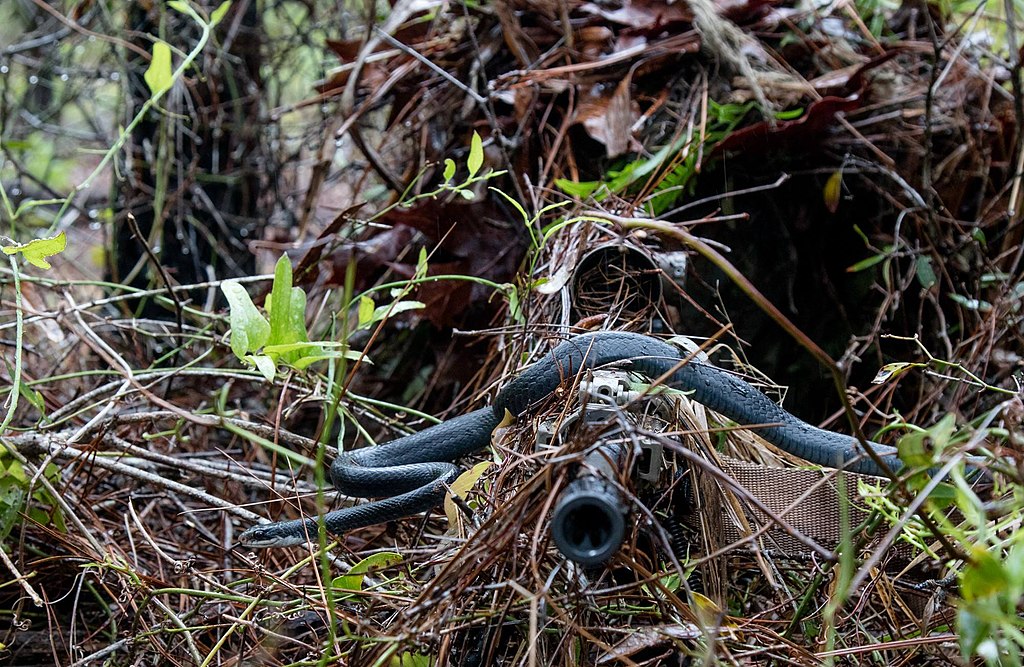
Body size plays a significant role in determining both the type and volume of sounds that different snake species can produce. Larger snake species typically possess the anatomical capacity to create louder and lower-frequency sounds due to their larger glottis and respiratory systems, which can move greater volumes of air. The reticulated python, for instance, can produce impressively loud hisses that can be heard from considerable distances, serving as an effective long-range warning signal. Conversely, smaller snake species often compensate for their size limitations by developing more sophisticated or specialized sound-producing mechanisms. The tiny desert horned viper, for example, has evolved a remarkably efficient scale-rubbing mechanism that produces sounds disproportionately loud for its small body size. This relationship between body dimensions and vocalization capabilities represents a fascinating example of how physical constraints shape the evolution of communication strategies across different snake lineages.
Evolutionary Pressures Favoring Vocal Development
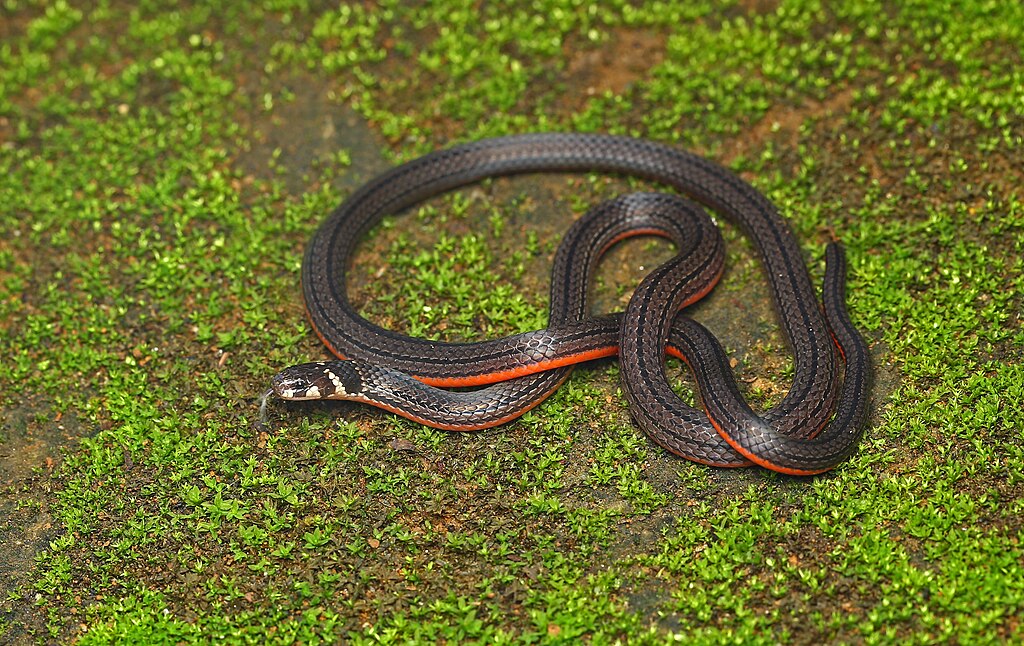
The development of vocal capabilities in certain snake species can be traced to specific evolutionary pressures that made sound production advantageous for survival. Snakes facing high predation rates, particularly from visual hunters like birds of prey, have generally evolved more sophisticated vocalization abilities as a means of deterring attacks without requiring visual detection of the threat. Similarly, snake species that live in complex social structures or dense populations tend to have more developed vocal repertoires to facilitate necessary communication with conspecifics. The African egg-eating snake provides an interesting case study of evolutionary pressure leading to vocal specialization – these harmless snakes have evolved an impressively intimidating hiss accompanied by neck inflation that effectively mimics much more dangerous species, allowing them to avoid predation despite lacking any actual defensive weapons. This pattern of convergent evolution toward vocalization capabilities appears repeatedly across unrelated snake lineages that face similar survival challenges, highlighting how environmental pressures can shape communication strategies.
Silent Hunters: Why Some Snakes Evolved Without Vocalizations
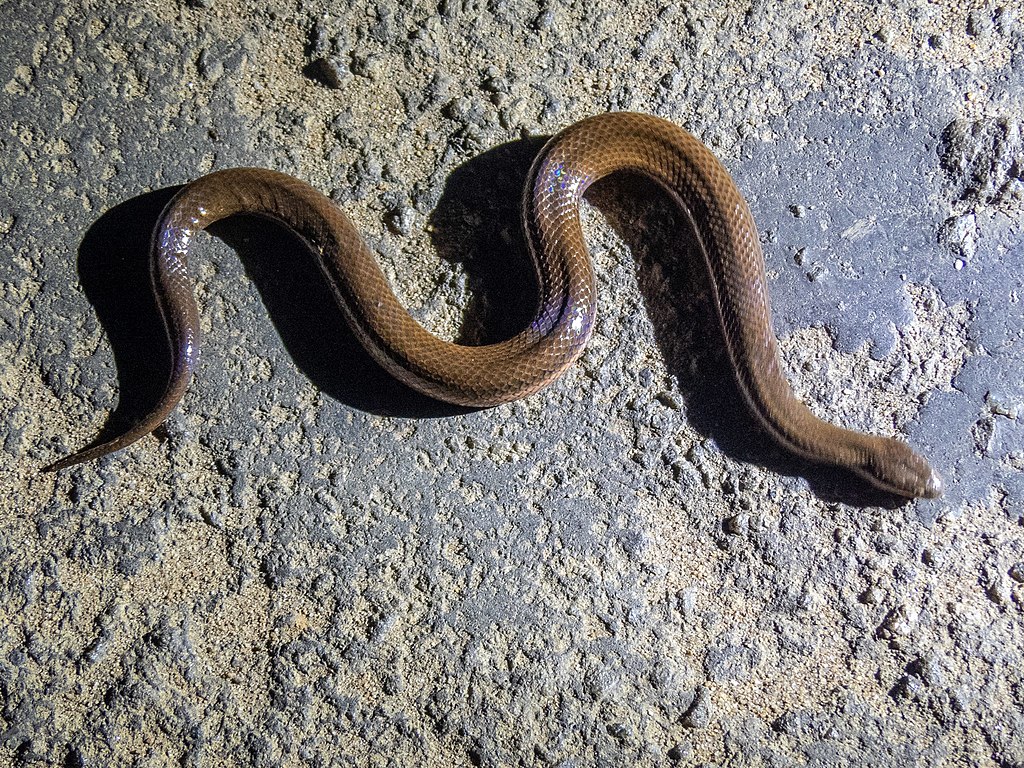
While this article focuses on vocal snake species, it’s equally important to understand why many snake species evolved to be nearly silent. For ambush predators like the Gaboon viper or many python species, silence represents an evolutionary advantage, allowing them to remain undetected as they wait for prey to come within striking distance. These species have often traded vocal capabilities for enhanced camouflage, infrared sensing, or other adaptations that support their hunting strategy. The evolutionary trade-off between vocalization and stealth is particularly evident in fossorial (burrowing) species like the blind snake, which lives almost its entire life underground where sound production would provide little benefit while potentially attracting predators that can detect vibrations through soil. Even among these predominantly silent species, however, basic defensive hissing capabilities are usually retained, suggesting that this minimal vocal behavior provides universal survival advantages that outweigh the benefits of complete silence.
Vocal Mimicry in Select Snake Species

Perhaps the most sophisticated vocal behavior observed in snakes is the ability of certain species to mimic the sounds of other animals for defensive or hunting purposes. The Asian vine snake has been documented producing a remarkably accurate imitation of certain insect buzzing sounds, which serves to disguise the snake’s presence from both predators and potential prey. Even more impressively, some populations of the western hognose snake have developed the ability to mimic the warning rattle of rattlesnakes by vibrating their tails against appropriate surfaces, despite having no actual rattle structure. This form of Batesian mimicry allows these harmless snakes to benefit from the fearsome reputation of venomous species without actually possessing dangerous venom. The evolution of such specific mimicry capabilities demonstrates the remarkable adaptability of snakes and the importance of acoustic strategies in their survival toolkit, even among species not typically considered “vocal” in the traditional sense.
How Climate and Geography Influence Snake Vocalizations
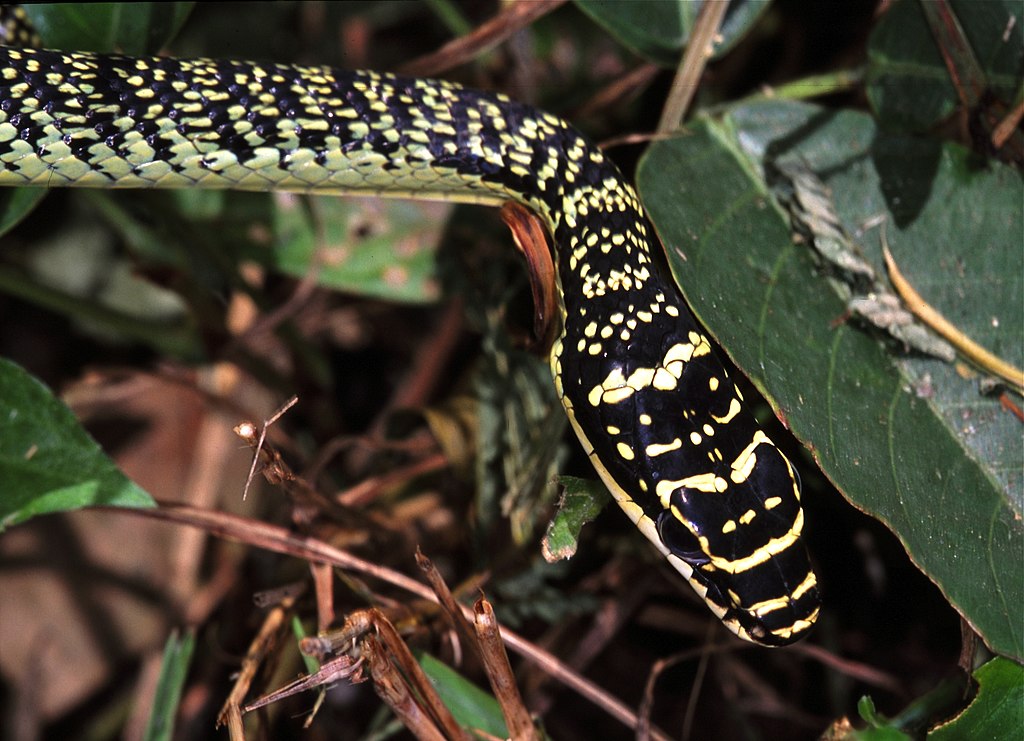
The geographic distribution and climatic conditions of a snake’s habitat significantly influence the development of their vocalization capabilities through both direct and indirect mechanisms. In humid tropical environments, sound travels more efficiently through the moisture-laden air, potentially making vocal communication more evolutionarily advantageous compared to arid regions where sound waves dissipate more quickly. Additionally, the complexity of the physical environment plays a role – snakes in structurally complex habitats like rainforests often develop more sophisticated acoustic signals to compensate for limited visibility. Climate can also influence vocalization indirectly through its impact on predator-prey dynamics; regions with high predator diversity tend to foster the evolution of more elaborate warning systems in snake species. This geographic variation in vocalization patterns becomes particularly evident when comparing closely related snake species that have adapted to different environments, with tropical specimens typically demonstrating more developed vocal behaviors than their temperate or desert counterparts.
The Future of Research on Snake Vocalizations
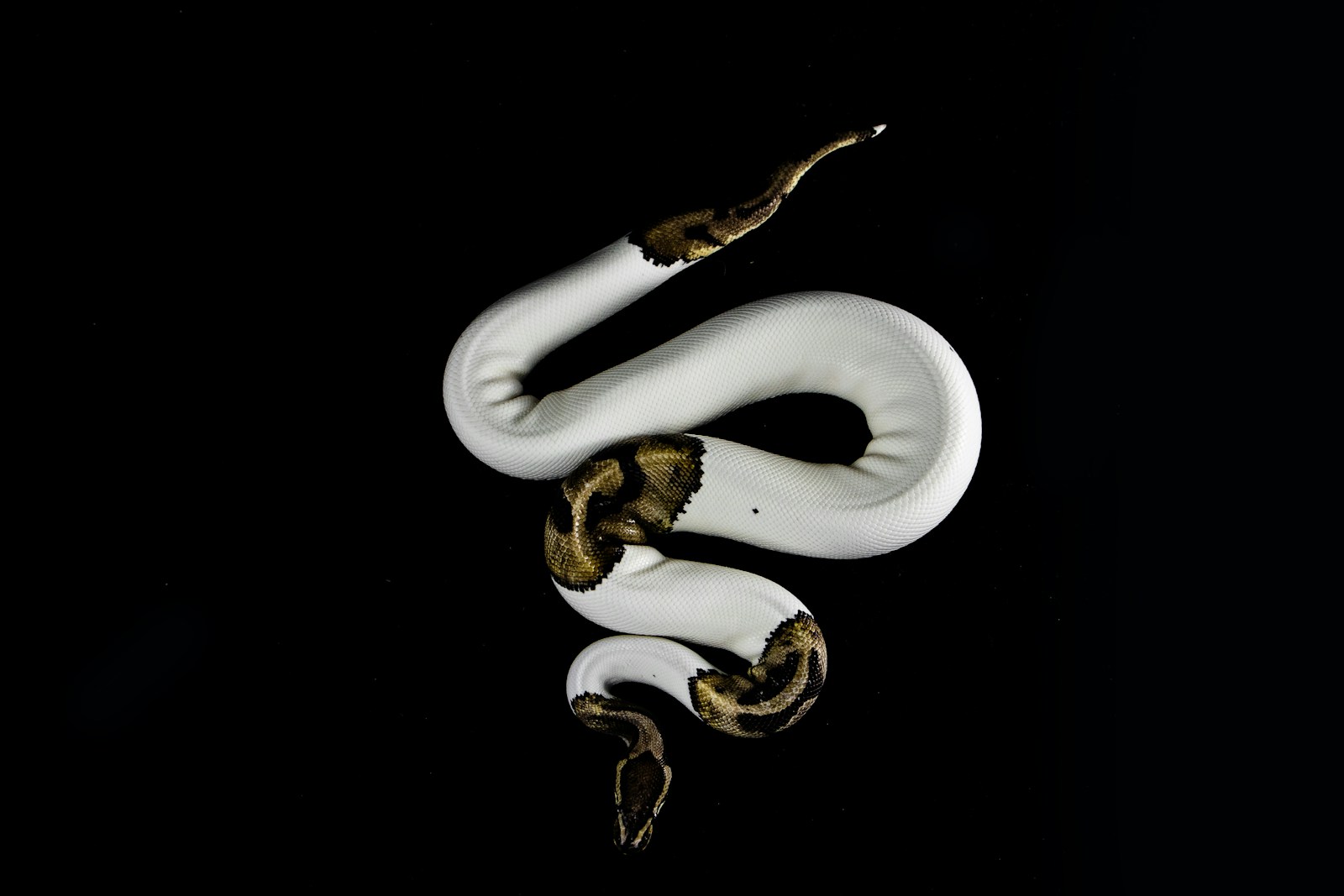
The study of snake vocalizations represents a fascinating frontier in herpetology, with modern technology opening new avenues for understanding these complex behaviors. Advanced bioacoustic analysis tools now allow researchers to detect and categorize snake sounds that were previously imperceptible to human observers, revealing a much richer acoustic landscape than previously understood. Ongoing research using these tools suggests that many supposedly “silent” snake species may actually produce ultrasonic or infrasonic communications that fall outside the range of human hearing. Emerging studies combining field recordings with laboratory analysis are also beginning to decode the specific information content of different snake vocalizations, potentially revolutionizing our understanding of serpent communication systems. As climate change alters habitats worldwide, tracking changes in snake vocalization patterns may also provide valuable insights into how these animals adapt to environmental pressures, making this field not only fascinating from a basic science perspective but also increasingly relevant to conservation efforts.
In conclusion, the varying vocal capabilities across snake species reflect millions of years of evolutionary adaptations to diverse ecological niches and survival challenges. From the warning rattle of the rattlesnake to the intimidating growl of the king cobra, these vocalizations serve crucial roles in defense, hunting, reproduction, and communication. The development of these sound-producing abilities represents fascinating examples of convergent evolution, where unrelated species have independently evolved similar solutions to common challenges. As research technology advances, our understanding of snake vocalizations continues to deepen, revealing an unexpected complexity in the communication systems of these remarkable reptiles. Far from being the silent creatures of popular imagination, many snake species have evolved to be surprisingly vocal – a reminder that nature’s adaptations are often more diverse and sophisticated than we initially perceive.

